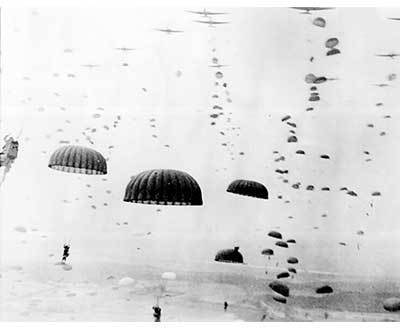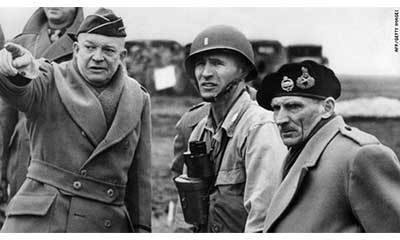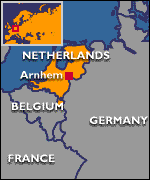What do you think?
Rate this book


580 pages, Kindle Edition
First published January 1, 1974



“First, we'll take this bridge; then that one and hop this river...”It was at Monty's HQ that Lieutenant General Frederick Browning tried to challenge the Field Marshall: “But, sir, I think we might be going a bridge too far.”
“My country can never again afford the luxury of another Montgomery success.”Yes, this LZ!


“this rather gentle pet would wait patiently on the ground for me to land and collect her.”Though Myrtle made the jump successfully, she, like so many others, died in the trenches on the ground in the ensuing battle. Glover “buried her with honor and properly–with her badge of rank–as befitted those who died in action.” I'm never a fan of bringing birds, or any animals into battle, this story reminded me of the fact that each fallen soldier was more than just a number.

